The 7 Biggest Affiliate Marketing Mistakes to Avoid in 2025

When you hear the term “affiliate marketing,” what do you think of?
If you’re thinking SEO, I get it – for years, that’s where I was focused too!
But on ClickBank, most of the hundreds of affiliates who make at least $250K in sales per year (our Platinum clients) are scaling their sales off of the power of paid ads, leveraging platforms like YouTube Ads, Facebook Ads, and native advertising networks.
Whether you’re already a media buyer affiliate looking to level up, or you’re just curious what it’s like to operate as an affiliate in this space, I want to help you out by sharing 7 affiliate marketing mistakes to avoid.
Read until the end for some bonus niche-specific mistakes to watch out for across five of ClickBank’s highest-grossing affiliate product categories, from supplements to DIY.
Ready? Let’s dive in!
1) Relying on a Single Traffic Source
There’s a continuum in marketing or business.
On one end, you’re heavily concentrated in just a single area (one traffic source or channel, one product, one niche, one marketing message). And if this ONE thing goes away, your business does too.
Not good!
On the other end, you’re spread so thin across every conceivable platform, traffic source, business model, or industry that you’re basically unable to get traction anywhere.
Thankfully, there’s a healthy middle ground.
I like the model of a T-shaped marketer: deep in one specific area or channel, but a generalist with at least some experience in most of the others.
The reality is, you don’t own a business if you’re solely dependent on a single platform (like Facebook Ads or YouTube Ads). They can change their algorithm, shut down your account, ban you – or even just allow more and more competition onto the network until your costs are too high.
Why It’s a Mistake: Depending solely on one platform (e.g., Facebook Ads) can be risky. Algorithm changes, account bans, or increased competition can abruptly halt your traffic and revenue.
Solution: Diversify your traffic sources. Explore platforms like YouTube Ads; native advertising like ClickBank’s native ads partner, Newsbreak; and even emerging channels like TikTok Ads. Consider building an organic presence or email list as well, to improve stability and reduce your dependency on any single platform.
2) Failing to Optimize Your Funnel
A traffic source is just the first step in a typical affiliate funnel.
Here’s what the affiliate funnel typically looks like for most of our affiliates:
So, if you’re only obsessing over your ads, but treating the rest of the funnel like an afterthought, you’re basically throwing qualified traffic into a leaky bucket.
Yes, split-testing headlines, hooks, and creatives is valuable work… but your entire funnel has to be dialed in to get to the conversion, which is where revenue is made that makes the whole ad campaign worth it in the first place.
If you throw up a basic lander and feel satisfied seeing a conversion rate of 1-2%, you’re missing the point! There’s almost always room to squeeze out more performance at every step along the way from ad to purchase – whether that’s a totally new marketing angle or just a tweak to the landing page button color that adds 0.2% to your bottom line.
This mistake is especially painful at scale! If you spend $100/day in ad spend, you may not even notice your funnel’s minor inefficiencies.
But what about $10,000/day?
That 1% lift you left on the table could mean thousands in lost profit daily.
Take the time and effort to keep optimizing your funnel. It’s worth it.
Why It’s a Mistake: Funnels are rarely “set it and forget it.” Without ongoing testing and optimization, your funnel will probably underperform – even if your traffic is high quality. This leads to low ROI and missed opportunities for scale.
Solution: Treat your funnel like a living system. You should A/B test headlines, calls-to-action, and page structure continuously. Track key metrics across the full customer journey, such as clickthrough rates, time-on-page, landing page conversions, VSL watch times, and more. Use tools like Google Optimize, VWO, or ClickBank’s native analytics to conduct and monitor split-test results. And above all: make decisions based on data, not guesswork.
3) Ignoring Compliance and Ad Policies
At ClickBank, our account managers hear horror stories about rejected ads, account shutdowns, and even outright bans from affiliates at all levels.
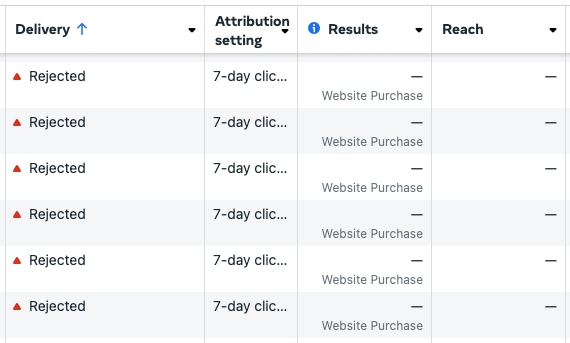

It’s no bueno!
In the realm of affiliate marketing (especially for ClickBank affiliates), ads are obviously your greatest lever for bringing in new eyeballs to see the product you’re promoting.
The problem is, pushing the envelope with your headline, hook, and creative can help you generate more interest overall.
In fact, I can prove it…
Tell me which of these sounds more compelling:
- Option A: With a sensible diet, frequent exercise, and a consistent early bedtime, many people are seeing better health outcomes. (With an image of a moderately fit person.)
- Option B: This magic pill melted 47 lbs of fat off Debra’s hips and belly in just 7 days! (With a crazy before/after image of someone obese turning into someone with six pack abs.)
Yeah, exactly. The aggressive angle is going to convert a whole lot more.
But ad platforms like Facebook or Google aren’t in the business of conversion… they’re in the business of attention.
That makes them justifiably squeamish about allowing overly hype-y ads on their platforms – and we can’t really blame them.
The bottom line here?
If you’re constantly fighting against compliance policies or losing entire ad accounts, you can’t ever scale.
We urge you to strike the right balance where you’re generating strong curiosity and interest, but not regularly incurring the wrath of Meta or Google.
Why It’s a Mistake: Non-compliance with platform policies can lead to ad disapprovals or account suspensions. This is especially prevalent in niches like health or finance, where regulations are particularly stringent.
Solution: Stay updated with each platform’s advertising policies. Use compliant language, avoid prohibited claims, and consider consulting with a compliance expert if necessary. Luckily, there are AI tools out there now to help you with this, including the Compliance Bot inside of ClickBank’s AI tool, Ember.
4) Underestimating the Importance of Tracking and Analytics
If you don’t know your numbers, you don’t really have a business – you have a guessing game.
I know it’s harder to track things now in our post-iOS14, post-cookie world, but it’s also more critical than ever. Many affiliates are still relying on front-end stats (like CPC or CTR) without understanding back-end performance (EPC, conversion lag, LTV).
And without proper tracking?
You could be on the cusp of earning a fortune and not realizing that it’s time for you to scale up a winning ad.
Or you could be seeing decent front-end numbers and still losing money, but not realize it until months have passed.
In the end, you can’t scale winners, kill losers, or test new angles effectively if you don’t know what’s actually working — and why.
Why It’s a Mistake: Without proper tracking, it’s challenging to measure campaign performance, leading to uninformed decisions and potential losses.
Solution: Implement robust tracking systems using third-party tracking tools like Voluum or RedTrack. Monitor key metrics such as click-through rates (CTR), conversion rates (CR), cost per lead (CPL), customer lifetime value (LTV), and return on ad spend (ROAS) to make data-driven decisions.
5) Failing to Test Multiple Angles and Creatives
If you’re still in the beginning stages of media buying, you may have no idea HOW important it is to test a lot of angles/hooks and creatives for your paid campaigns!
Seriously… this can have a dramatic effect on how profitable you are (or even IF you hit profitability).
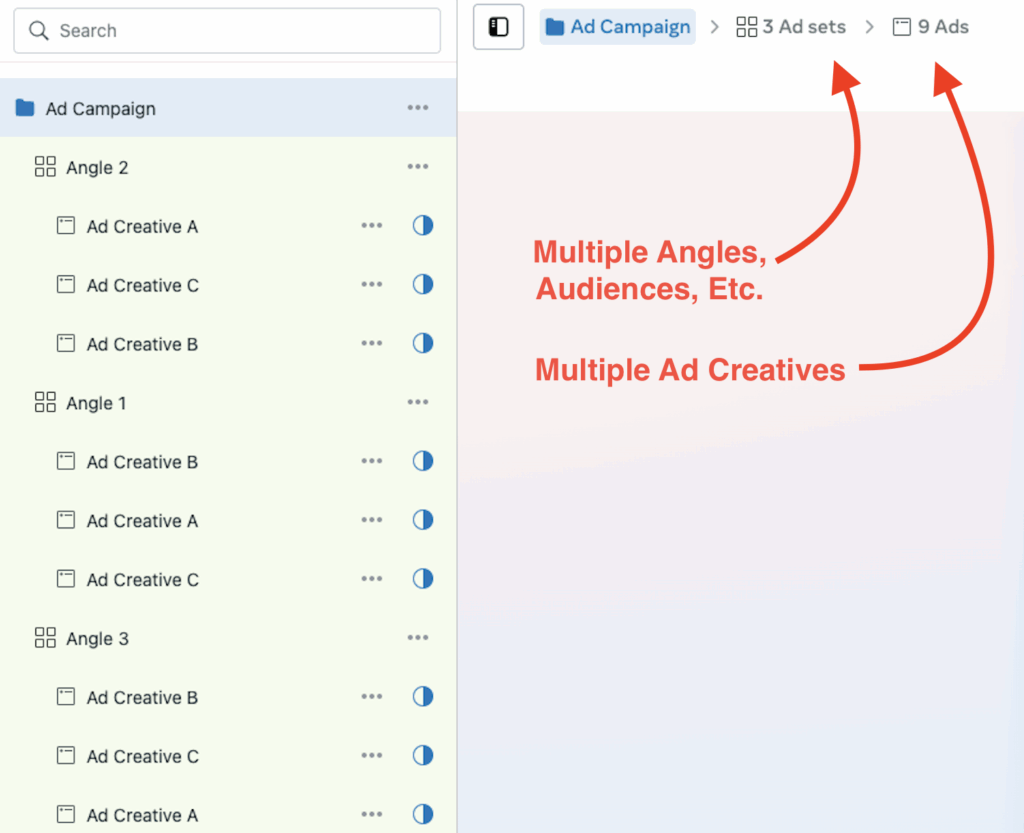

Think of the media buying game as a process of panning for gold. Every ad hook, headline, and creative (i.e. a static image or short video) is like its own small patch of ground that could turn up some gold – and if you find a “vein,” one of these small digital plots could even make you rich!
Just a 0.25% bump in clickthrough rate (CTR) can lead to MUCH more traffic (for the same price) making it all the way down the funnel, which is where the purchase happens.
Ultimately, a strong clickthrough rate on your ads is what drives scalability – and without testing multiple creatives, you’ll never know your campaign’s “true” performance.
Why It’s a Mistake: Relying on less than 5-10 ad creatives or messages can lead to ad fatigue and decreased performance over time. It could also represent a huge opportunity cost if you fail to uncover the highest-performing ad for your audience. A lot of ClickBank’s top media buyers, such as Jenn LeCompte, have cited one winning ad as the reason they broke out and made literally millions of dollars from a campaign.
Solution: Develop at least 5 ad creatives across several different angles to determine what will resonate best with an audience of buyers. Regularly refresh your ads (every 2-4 weeks, depending on ad performance) to get the best possible engagement and performance. And when you find a winner, don’t be afraid to scale vertically (by spending more in your existing ad set) or horizontally (copying over the ad into other ad sets and distributing higher spend across several of them).
6) Not Growing an Email List
Yes, you really ought to have an email list… even if you’re a media buyer!
This mistake may hit a nerve with some affiliates.


But here’s the truth: many of the top affiliate marketers out there are really, REALLY good at media buying – and they think that’ll insulate them from external factors like high CPMs, greater affiliate competition, or macroeconomic trends.
In reality, the real money – especially when you’re paying for traffic – comes from the backend. Your email list is the ONE part of your business that algorithms can’t take away:


You own it. You control it. And when you use it right, it prints money.
The challenging part is that an email list is aiming higher than just making money today.
Paid ads are a more transactional approach to affiliate marketing, just like writing “best of” affiliate blog content aimed at Google search traffic back in the day.
In the long run, building an email list means you’re building a brand of some kind. Maybe you’re a media company in your niche, or a personal brand, or setting yourself up to become an agency or a SaaS company. But the key is that you’re in business as a brand, not simply as a middleman between a traffic channel and an affiliate product.
I know expanding the scope of your business may not be interesting to you long-term, and that’s okay. But at least know that you’re making that choice! Because if you’re not capturing email subscribers and following up with other affiliate products (or your own products) for them to purchase, you ARE leaving revenue on the table.
Why It’s a Mistake: Focusing solely on immediate conversions overlooks the long-term value of nurturing leads and investing in a brand.
Solution: Incorporate lead capture strategies into your funnels. Capturing opt-ins typically adds just one step to your affiliate funnel. Once you have the emails, lean into email marketing to follow up with your prospects, provide value, and promote additional affiliate offers. This can dramatically boost your lifetime customer value.
7) Sticking With Just One Campaign or Bidding Type
If you’re not regularly trying out different campaign or bidding types such as Advantage+, ABO, CBO, Interest Targeting, and Demographic Targeting, then you’re missing out on a key variable to improve your campaigns.
Every account is a bit different, so it’s best to try a few different targeting and budget approaches to see if these variables help with overall performance.
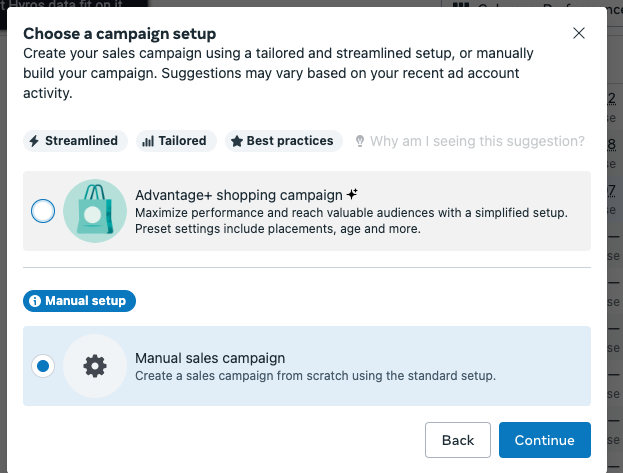

In all likelihood, something you set up here could be the difference you needed to really scale your sales!
Why It’s a Mistake: If your targeting is off, then you’ll be promoting offers that don’t align with your audience or have low conversion potential, which is an unfortunate waste of ad spend.
Solution: Research and select high-converting offers that match your audience’s interests and needs, and then make sure the way you set up your campaign and bidding in Meta will get your ads in front of the right people. Start by using ClickBank’s marketplace to identify top-performing products.
5 Niche-Specific Affiliate Mistakes to Avoid
All of the advice I shared earlier is important, but I also want to provide some niche-specific advice to you based on our several of the top affiliate marketing niches on ClickBank. Check these out!
1) Supplements (Health & Wellness)
Dietary supplements are a massive product category on ClickBank right now, covering everything from weight loss to dental health.
With that said, supplements can be challenging to promote because they’re a physical consumable product. That means you have to be careful how you frame your copy and creative to avoid making exaggerated claims.
In other words, NOT like this:
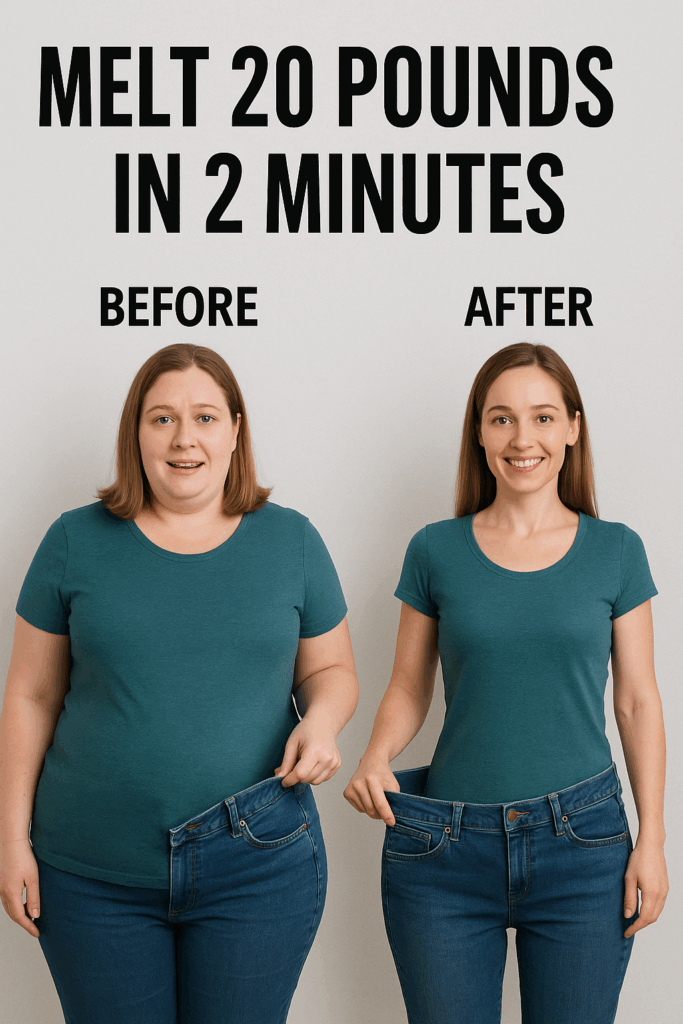

To promote supplements effectively, here are a few tips:
- Compliance is Key: Avoid making any unsubstantiated health claims in your ads.
- Effective Funnels: It’s worth experimenting with less common funnel types with these types of offers, such as quiz funnels.
- Ad Platforms: Facebook, YouTube, and native ads are all effective channels for supplement offers.
2) Biz Opp / Make Money Online
There’s a lot of potential money to make in the biz opp / e-business / make-money-online (MMO) space.
Just be aware that many of these operate on a launch model, as opposed to an evergreen model. This is because the perceived value of a high-ticket offer is usually greater when the information is only available to a limited group for a limited time, as opposed to something that’s always accessible.
Because quality biz opp or MMO offers are usually high-ticket (think $497 and up), you’ll get more mileage out of promoting these offers to an engaged audience that knows, likes, and trusts you. That means promoting to your email list, an organic following, or a community you own.
In other words, NOT a typical “guru” ad like this:
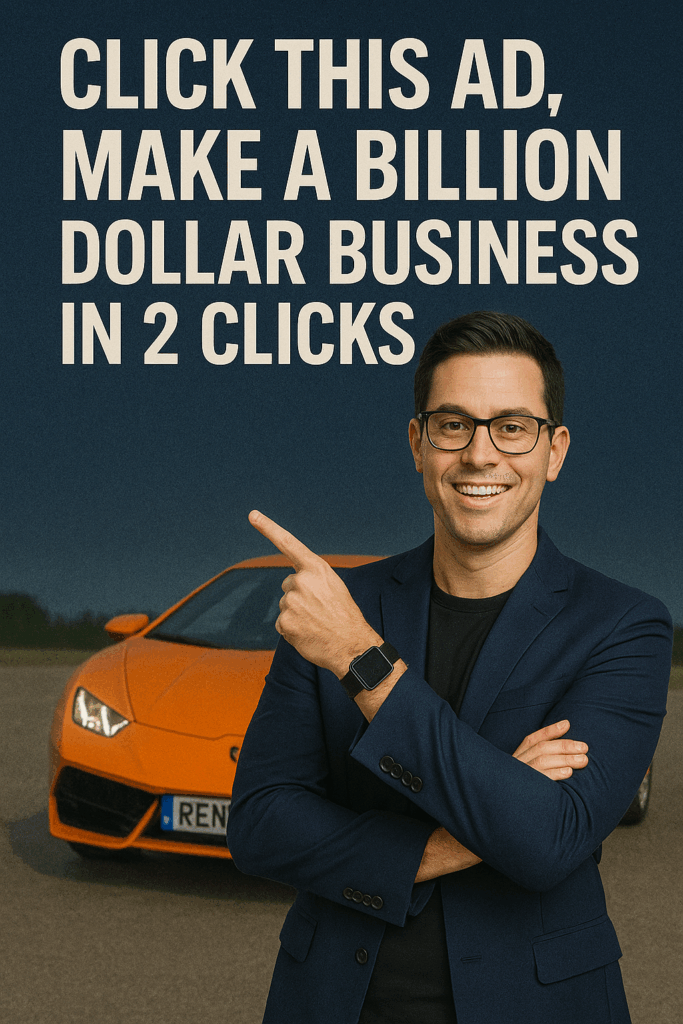

Here are some other tips:
- Avoid Overpromising: Steer clear of exaggerated income claims to maintain compliance. This is super important!
- Educational Content: Provide value through webinars or free training sessions to build trust. You’ll likely see more conversions if you can demonstrate how and why the offer is helpful – and for such a large purchase, you have to bust through more objections to get to the sale.
- Retargeting: Consider implementing some narrow retargeting campaigns to recapture leads who didn’t convert initially.
3) Spirituality / Manifestation
The spirituality and manifestation niche can work on paid, but a lot of the offers are available as lower-ticket digital products (priced as low as $10-15).
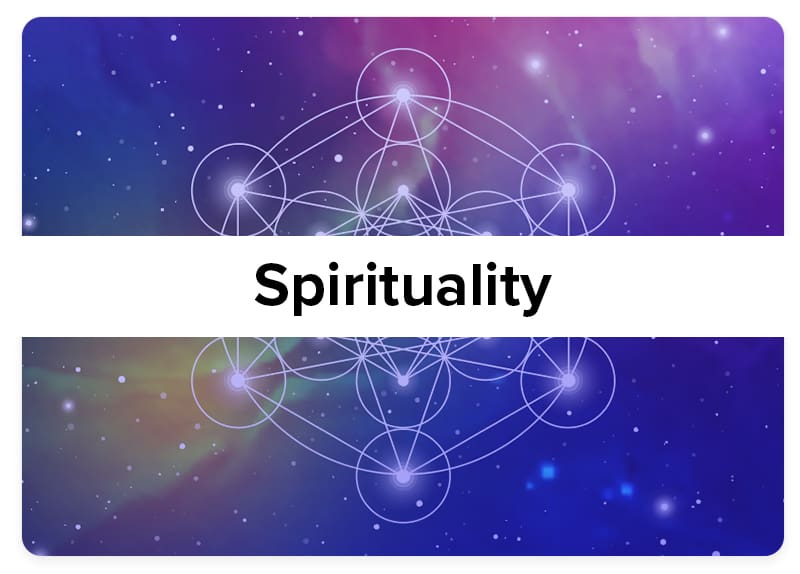

That means you may get better results with organic social or other content, unless the front-end product is part of a robust upsell flow or leads to recurring revenue.
- Emotional Appeal: Craft stories that resonate emotionally with your audience. While this type of offer comes with a spiritual or manifestation lens, it usually focuses in on key parts of life, including health, welath, and relationships.
- Community Building: Foster a sense of community through social media groups or forums.
- Visual Content: Utilize visually appealing creatives that reflect the niche’s aesthetics. Most affiliate offers here have a vivid brand identity and color palette – you can work with those to capture attention for your chosen offer.
4) Dating & Relationships
The dating and relationships market for affiliate products tends to fall into just a few major categories: men seeking women, women seeking men, get your ex back, and sexual intimacy.


Dating and relationship offers are usually digital programs priced in a low or mid-ticket range, anywhere from $47 to maybe $297.
- Segmentation: Tailor your messaging to specific demographics (e.g. men seeking women).
- Sensitivity: Handle topics with care to avoid offending or alienating potential customers.
- Platform Selection: Consider platforms like YouTube or native ads, which may offer more flexibility.
5) Survival / DIY / Prepper
There’s a lot of overlap between survival and DIY products.
On ClickBank, a lot of these solutions are digital products taking the form of PDF or video guides for how to secure your own electricity, build a shed, or prepare for economic hardship.


These products tend to be on the lower-ticket side – under $97. However, the audience who’s open to one of these offers may also be open to others, which leads to some good opportunities for cross-promoting multiple affiliate products to your audience, particularly over email.
- Urgency and Scarcity: Highlight limited-time offers or stock shortages to prompt action.
- Educational Content: Provide valuable information on survival tactics or DIY projects.
- Email Marketing: Build an email list to promote related products and content over time.
Frequently Asked Questions (FAQs)
1) What is the 80/20 rule in affiliate marketing?
The 80/20 rule suggests that 80% of your results come from 20% of your efforts. In affiliate marketing, this means focusing on the top-performing products/traffic sources/campaigns/ad sets/ads that are generating the majority of your income.
2) Can you make $100 a day with affiliate marketing?
Yes, you can earn $100 a day with affiliate marketing, as long as you have the right strategy, targeting, and optimization. As mentioned earlier, ClickBank has hundreds of Platinum clients who earn more than $250K per year, which – fun fact – equals out to $684 per day.
Ultimately, your success depends on key factors like the niche you’ve chosen, the quality of your traffic, and the overall performance of your campaigns (such as conversion rate and cost per click).
3) Why do so many people fail at affiliate marketing?
Common reasons why people fail at affiliate marketing include lack of proper research, choosing low-quality products, inadequate tracking, and not adapting to platform changes or audience preferences.
Another big problem is simply not sticking with it long enough to get through the learning curve – all of the big results happen after you’ve mastered a handful of key skills, from copywriting to building pages.
4) What is the golden rule of affiliate marketing?
The golden rule of affiliate marketing is to provide value to your audience. Building trust and offering solutions to your audience’s problems ultimately increases the likelihood of conversions.
5) How many followers do you need to make money from affiliate marketing?
There’s no set number of followers required to make money from affiliate marketing. Success depends more on audience engagement and trust than sheer follower count. Even with a small, dedicated audience, you can achieve significant affiliate earnings – especially in technical or B2B niches.
Affiliate Marketing Mistakes to Avoid Wrap-up
Congratulations on reaching the end of this article. I’ll tell you what ISN’T a mistake: internalizing all of the lessons here!
Half the battle is just knowing the common mistakes so you can avoid them.
In the end, it’s about engineering your campaigns with precision, iterating continuously, and sidestepping any obstacles that could cost you affiliate profits.
If I had to tie all of these together in one word, that word would be intentionality…
It’s about systems, not just ads.
It’s about building assets, not just generating traffic.
It’s about understanding your audience, not just selling.
So ask yourself:
- Are you too dependent on a single traffic source?
- Is your funnel really dialed in, or is it just “good enough?”
- Are you making your life harder with non-compliant creatives, poor tracking, or low-quality offers?
- Are you adapting your strategies based on broader trends in your niche and the economy as a whole?
We hope you find the results you’re looking for!
If you don’t have a funnel builder yet – or you’re looking for a funnel builder at a great price – then we encourage you to check out ClickBank Accelerator, an all-in-one funnel builder tool that helps you create landing pages fast!
And if you’re still looking for more advice as a media buyer affiliate, be sure to check out Spark by ClickBank as well. This has all of ClickBank’s advanced affiliate trainings, including two top-notch Meta Ads and YouTube Ads courses taught by actual media buyers who live this stuff every day.
Good luck on your affiliate marketing journey. And until next time, happy scaling!



